On The Farm: Keeping Livestock Safe During A Hurricane
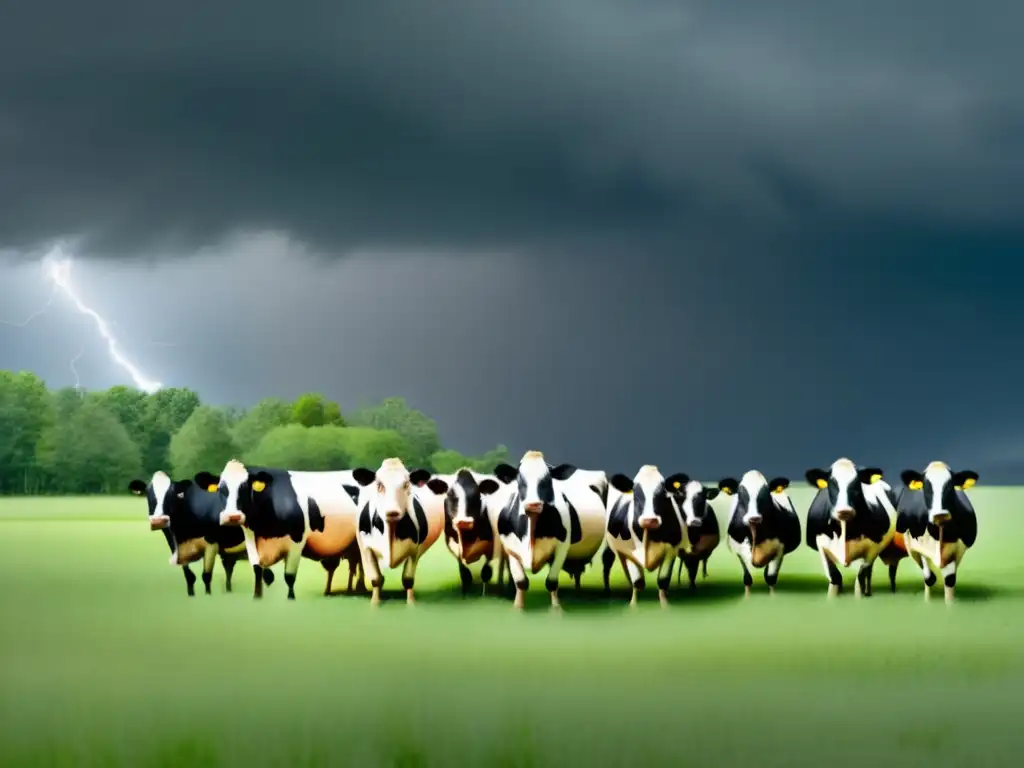
On the Farm: Keeping Livestock Safe During a Hurricane
Introduction
Farms and agriculture are essential components of many communities. They provide food and other vital resources to people in cities and rural areas. However, farms are often exposed to the effects of natural disasters like hurricanes. One of the primary concerns during a hurricane is the safety of livestock. Strong winds, heavy rain, and flooding can pose risks to farm animals such as cattle, pigs, and poultry. Therefore, it is crucial for farmers to be prepared and take actions to keep their livestock safe before, during, and after the hurricane.
Preparing Your Livestock for a Hurricane
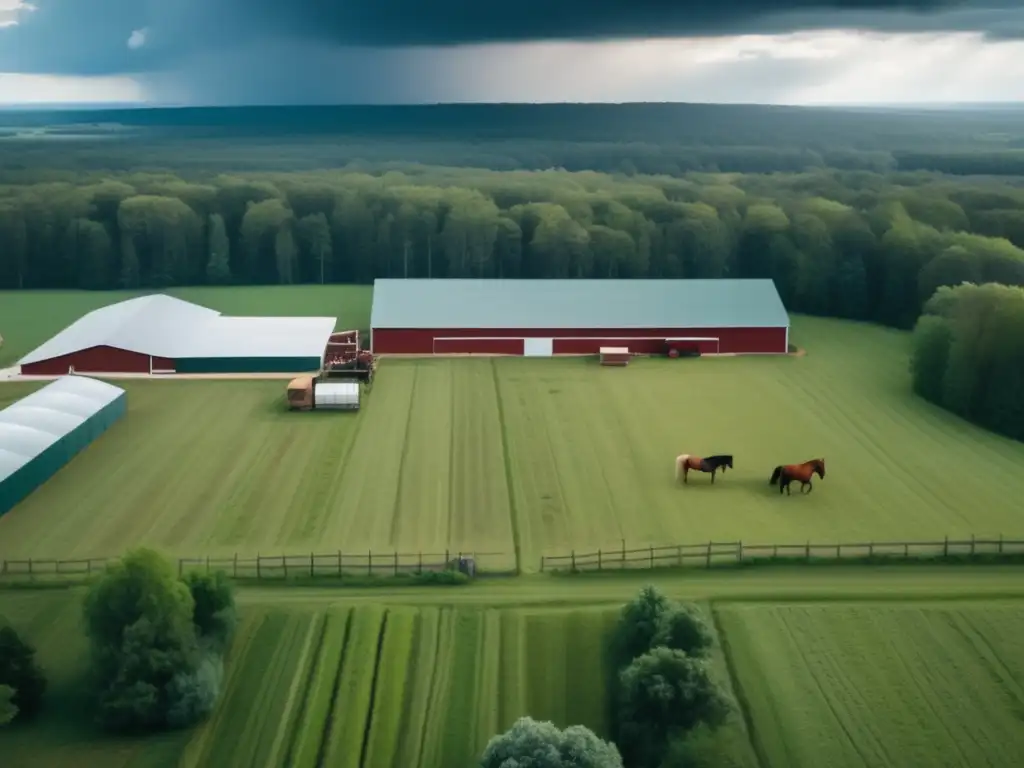
Create an Emergency Plan
One of the first steps to prepare for a hurricane is to create an emergency plan. The plan should outline the necessary steps to protect your livestock from harm. It should include details about evacuation routes, shelters, and available resources, such as food and water.
Stock Up on Supplies
Before the hurricane hits, make sure you have enough feed, water, and medication for your livestock. You may need to store additional supplies in a secure location that won't be affected by the hurricane.
Secure Your Facilities
If you have barns or shelters for your animals, inspect them for damages and make repairs as necessary. Secure all loose objects and equipment to prevent them from becoming flying debris. Remove any hazardous materials or chemicals that could get washed away by floodwaters.
During the Hurricane
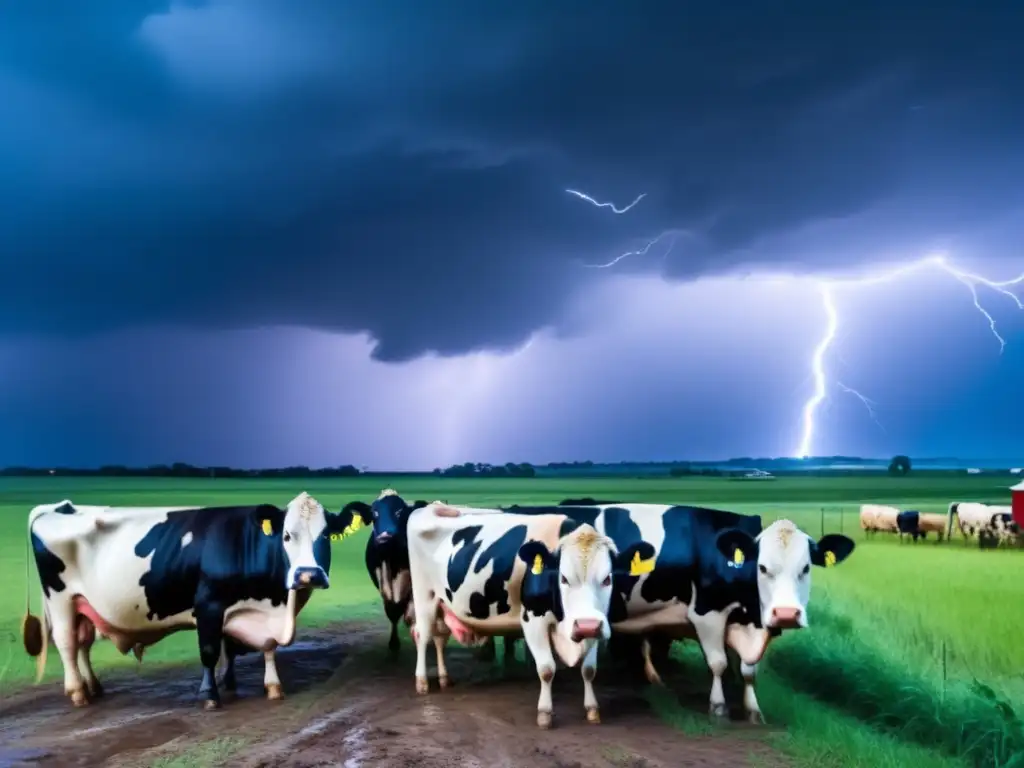
Monitor Your Livestock
During the hurricane, it is essential to monitor your livestock's welfare. Check on them regularly and make sure they have access to clean water and shelter. If flooding occurs, move your animals to higher ground if possible.
Stay Safe
It is also crucial to prioritize your own safety during a hurricane. Avoid entering floodwaters or attempting to rescue animals in dangerous conditions. Wait until it is safe to do so.
After the Hurricane
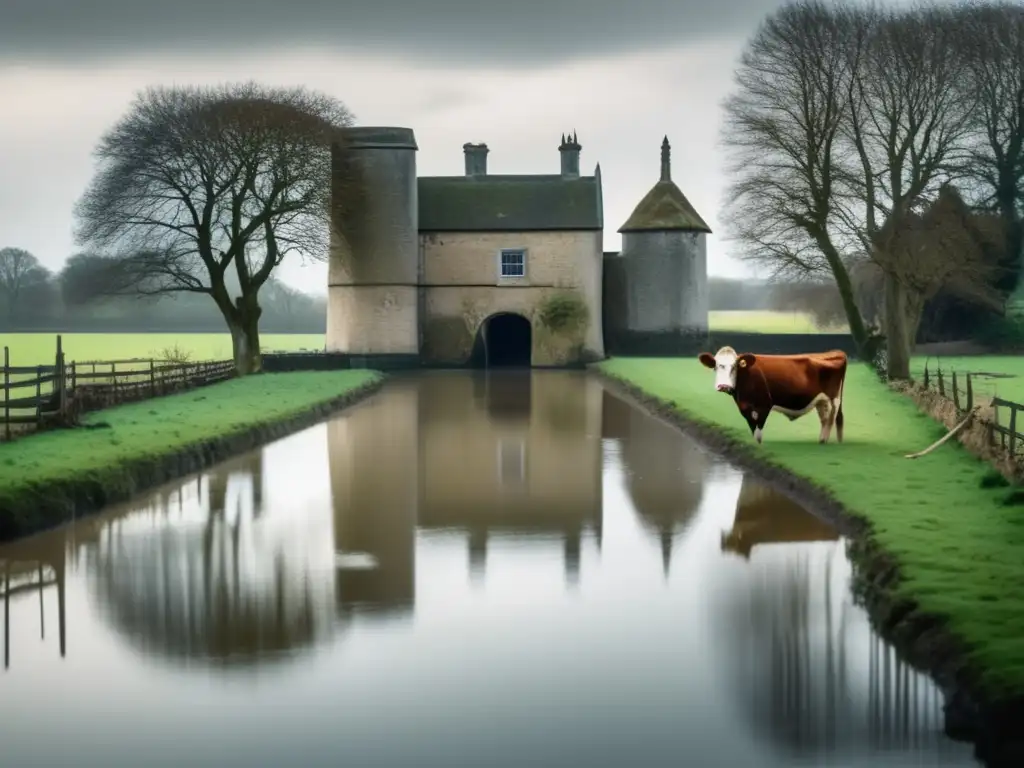
Assess Damages
After the hurricane has passed, assess damages to your farm and livestock. Check for injuries or illnesses among your animals and seek veterinary care if necessary.
Clean Up
Clean up debris and remove any standing water or hazardous materials that may pose risks to your livestock's health. Make repairs and secure your facilities before returning your animals to their shelters.
Contact Your Insurance Company
If your farm and livestock were affected by the hurricane, contact your insurance company to file a claim and get assistance in covering the costs of repairs and damages.
Frequently Asked Questions
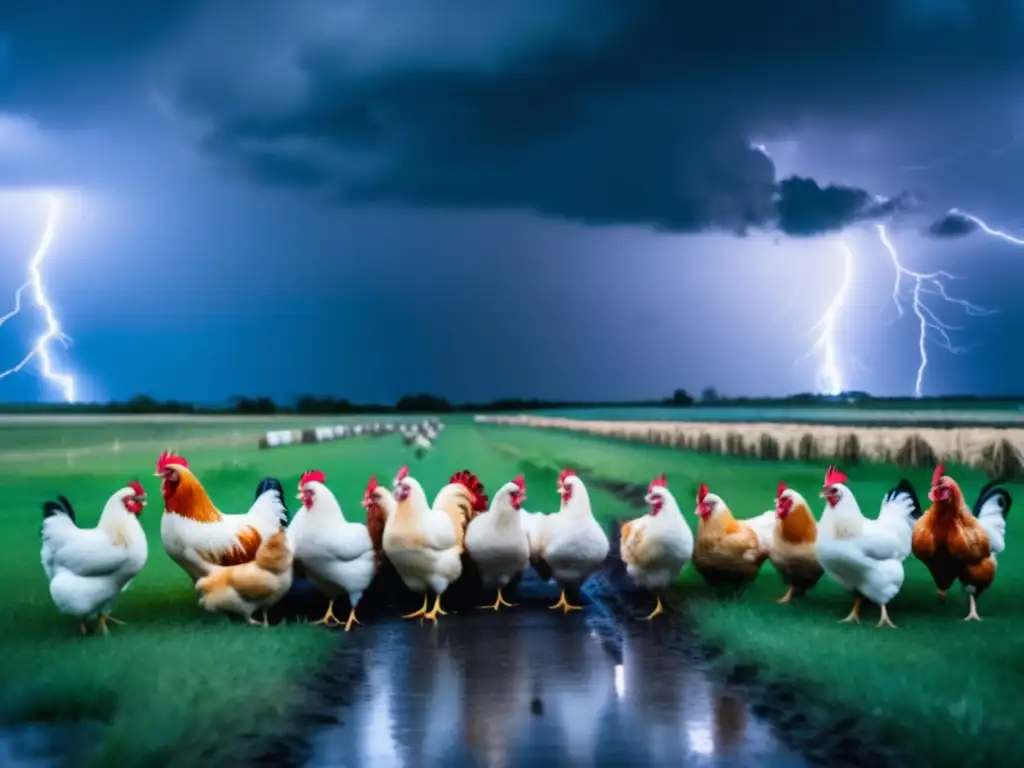
-
How can I prepare my livestock for a hurricane?
You can prepare your livestock by creating an emergency plan, stocking up on supplies, and securing your facilities.
-
What should I do during the hurricane to keep my livestock safe?
You should monitor your livestock regularly and ensure they have access to clean water and shelter. Stay safe and avoid entering floodwaters or attempting to rescue animals in dangerous conditions.
-
What should I do after the hurricane to assess damages and care for my livestock?
You should assess damages to your farm and livestock, check for injuries or illnesses among your animals, clean up debris, remove standing water or hazardous materials, make repairs, and contact your insurance company if necessary.
-
What resources are available to help farmers prepare for hurricanes?
There are many resources available, such as the Federal Emergency Management Agency (FEMA), The United States Department of Agriculture (USDA), and state and local emergency management agencies.
-
How can I stay up-to-date on hurricane-related information?
You can stay up-to-date on hurricane-related information by checking websites like HurricaneInsider.org, listening to local news and radio stations, and following social media accounts of emergency management agencies.
Conclusion
Keeping livestock safe during a hurricane is a critical responsibility for farmers. By creating an emergency plan, stocking up on supplies, securing facilities, monitoring livestock's welfare, and prioritizing safety, farmers can help mitigate risks to their animals. Being prepared and staying informed can reduce the impact of hurricanes on farms and agriculture communities.
If you have any additional tips or experiences to share, please leave a comment below. HurricaneInsider.org is committed to providing useful and informative resources for those living in hurricane-prone areas, so don't forget to subscribe and share this article on social media. Thank you for reading!
Additional Resources
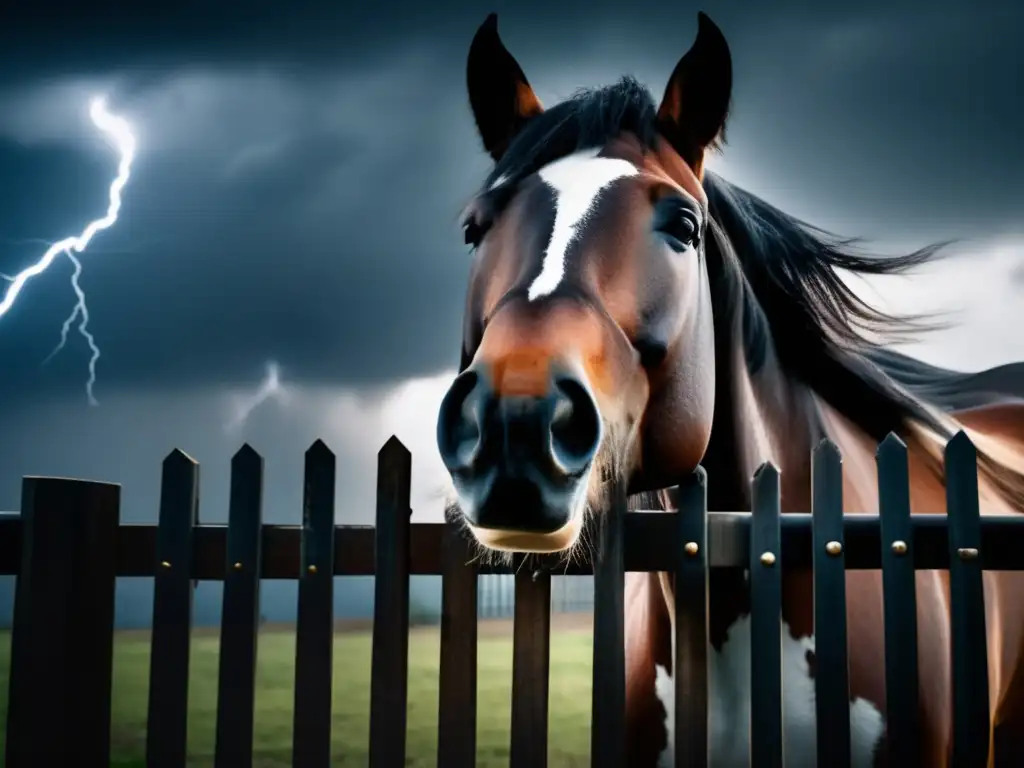
- Federal Emergency Management Agency (FEMA)
- The United States Department of Agriculture (USDA)
- Ready.gov - Hurricanes
 Avoiding Scams And Frauds After A Hurricane
Avoiding Scams And Frauds After A Hurricane The Dangers Of Downed Power Lines During A Hurricane
The Dangers Of Downed Power Lines During A Hurricane When Waters Rise: Understanding And Handling Storm Surges
When Waters Rise: Understanding And Handling Storm SurgesIf you want to discover more articles similar to On The Farm: Keeping Livestock Safe During A Hurricane, you can visit the During the hurricane: category.
Leave a Reply

Articulos relacionados: